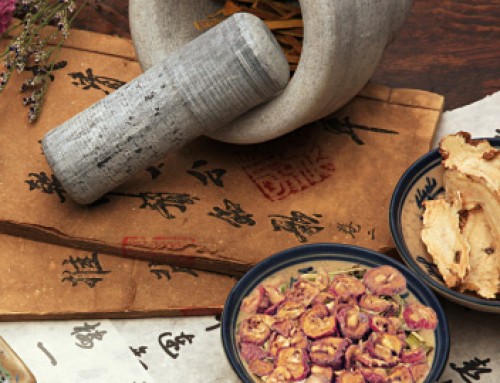砂仁
Amomum fruit (Sharen)
Pharmaceutical Name: Fructus Amomi
Botanical Name: 1. Amomum vilosum Lour.; 2. Amomum longiligulare T. L. Wu; 3. A. xanthioides Wall.
Common Name: Amomum fruit
Source of Earliest Record: Kaibao Bencao
Part Used: The fruit is gathered in summer or autumn, whenever it ripens. It is dried in the sun or in a low-temperature room and then mashed.
Natural Properties & Taste: Pungent and warm
Meridians: Spleen and stomach
Therapeutic Effects:
1. To promote qi circulation and transform dampness.
2. To calm fetus
Indications:
1. Dampness blocking spleen and stomach or qi stagnation in the spleen manifested as distension and pain, no appetite, vomiting, nausea and diarrhea. Amomum fruit (Sharen) is used with Atractylodes rhizome (Cangzhu), Round cardamom seed (Baidoukou) and Magnolia bark (Houpo) for cases of dampness blocking the spleen and stomach. Amomum fruit (Sharen), Costus root (Muxiang) and Immature bitter orange (Zhishi) in the formula Xiang Sha Zhi Shu Wan are used for cases of qi stagnation due to retention of food. Amomum fruit (Sharen), Tangerine peel (Chenpi), Pilose asiabell root (Dangshen) and White atractylodes (Baizhu) in the formula Xiang Sha Liujunzi Wan are used for qi stagnation caused by weakness of the spleen.
2. Morning sickness or restless fetus. Amomum fruit (Sharen) is used with White atractylodes (Baizhu) and Perilla stem (Sugeng).
Dosage: 3-6 g






